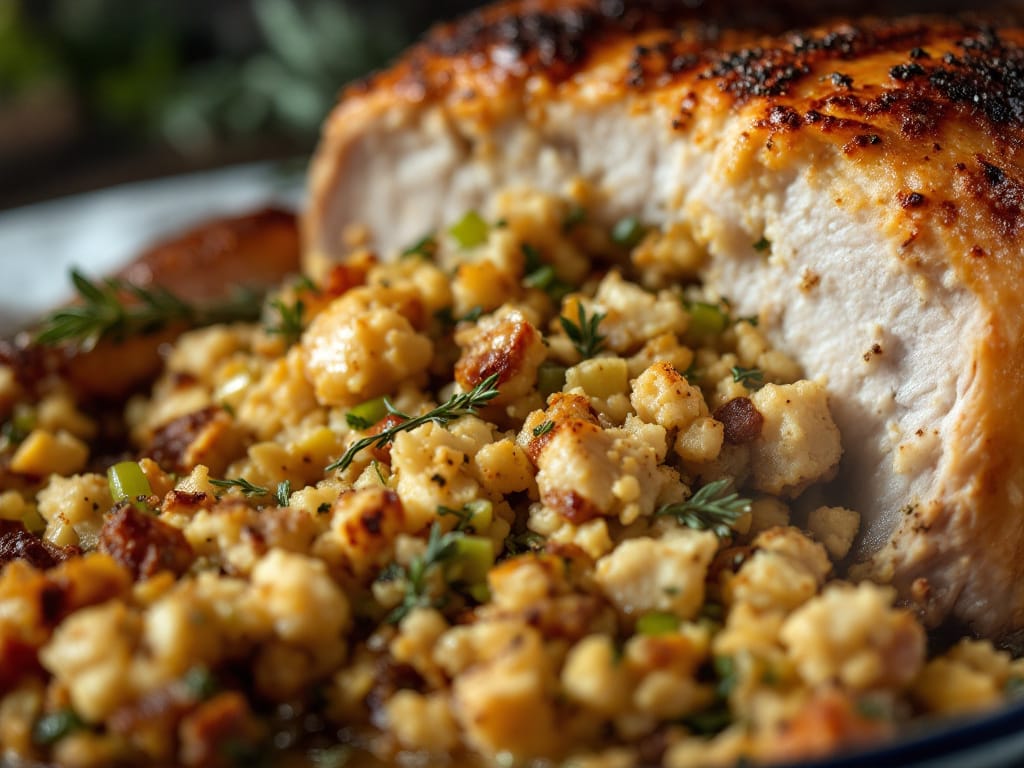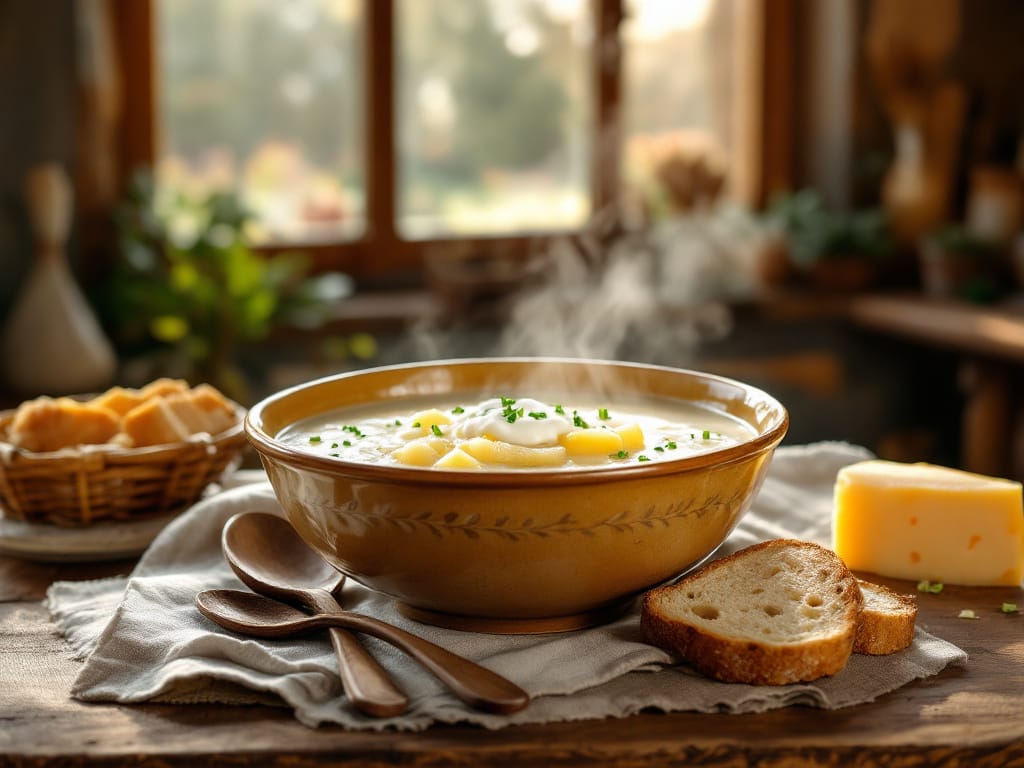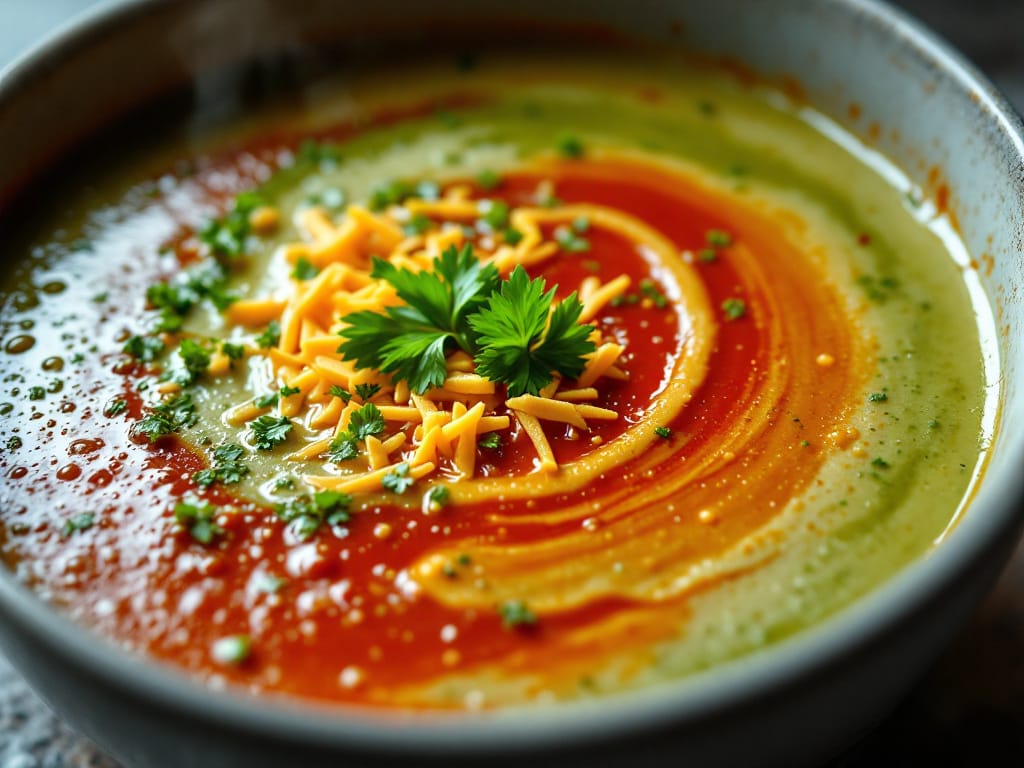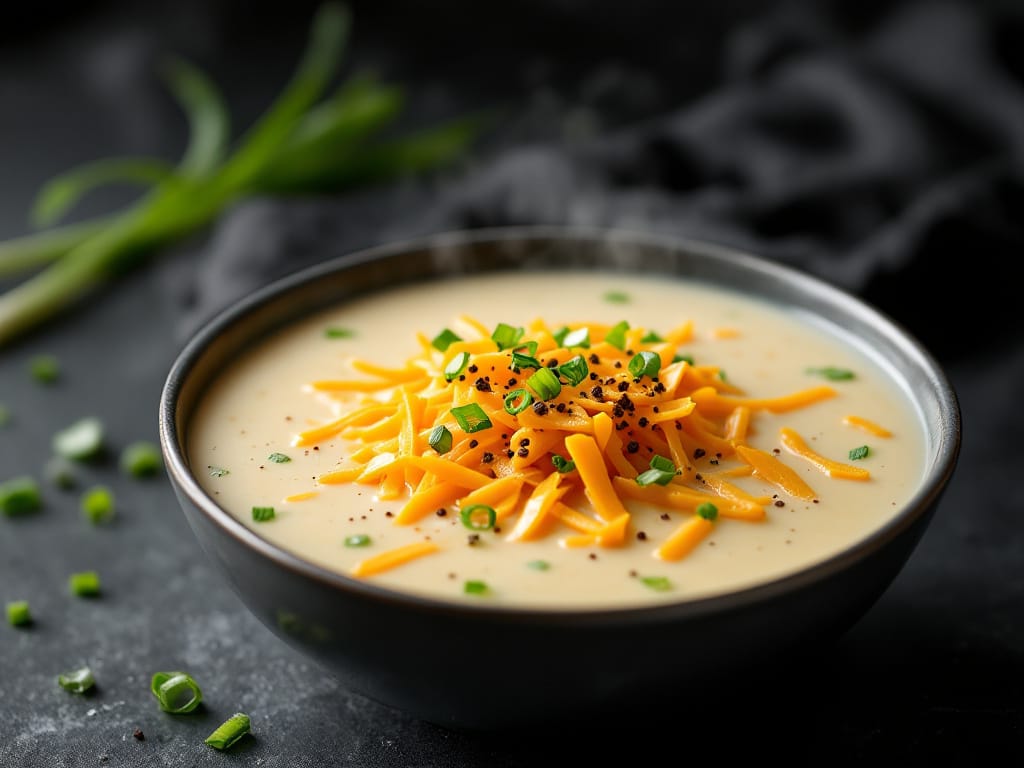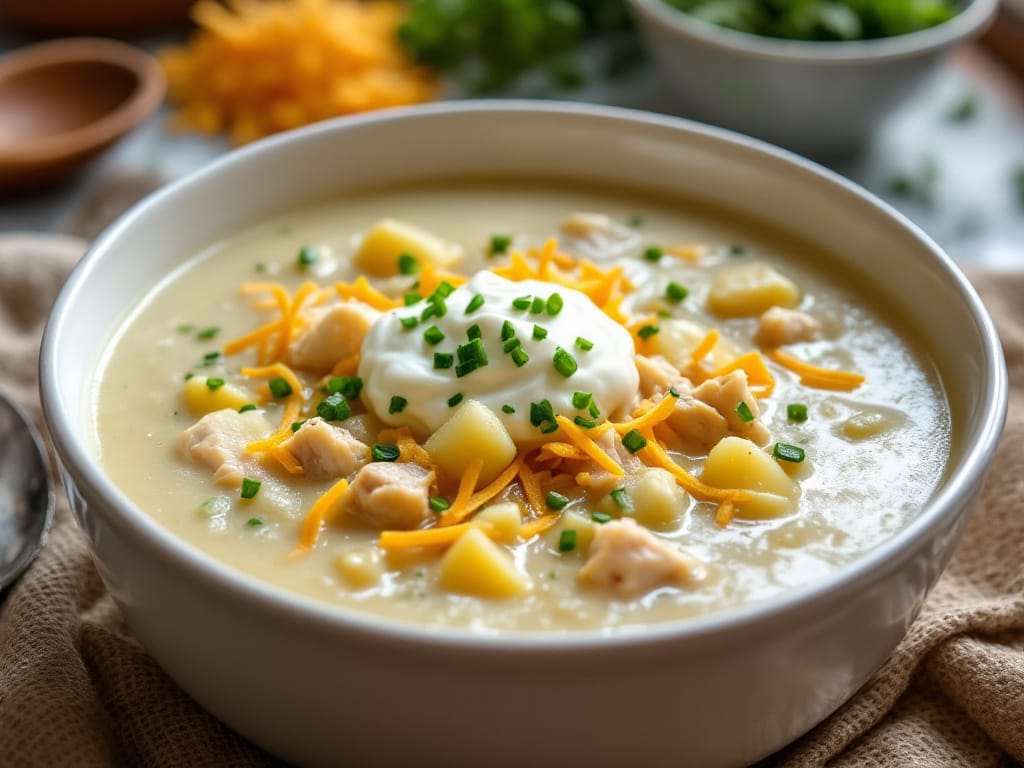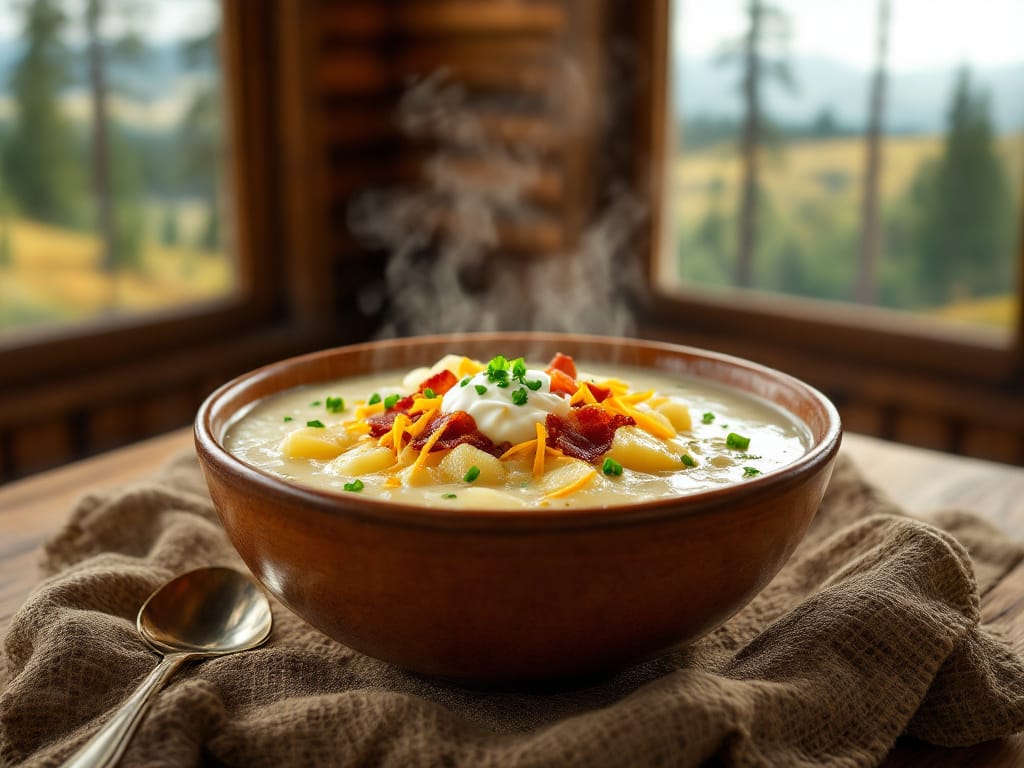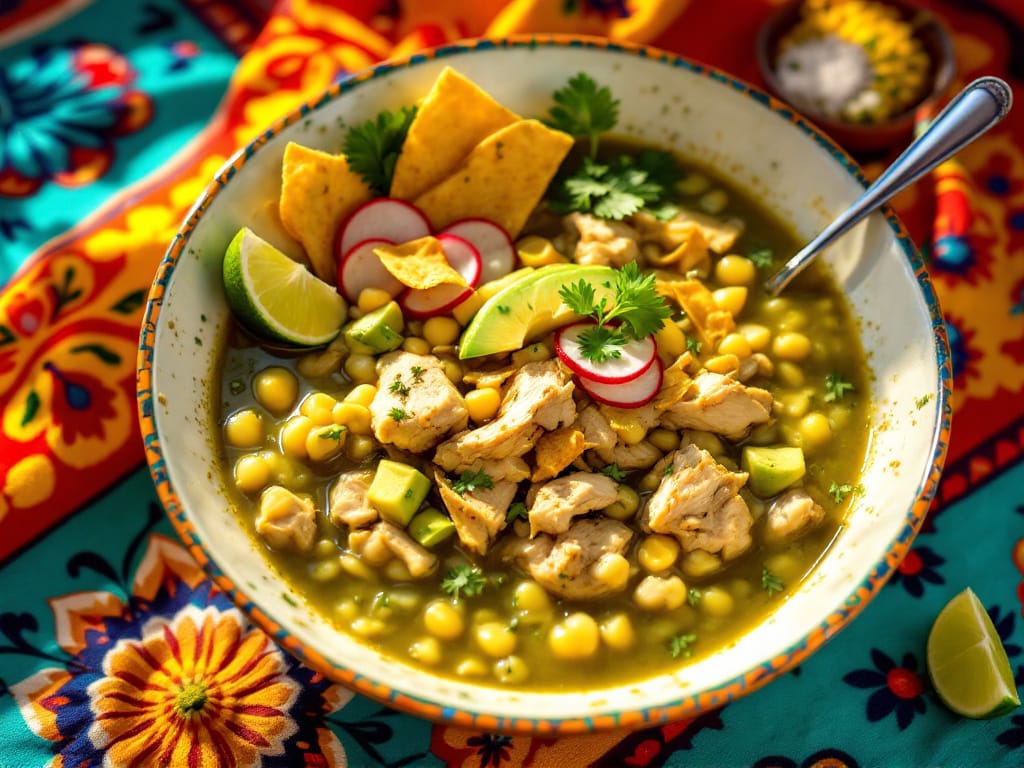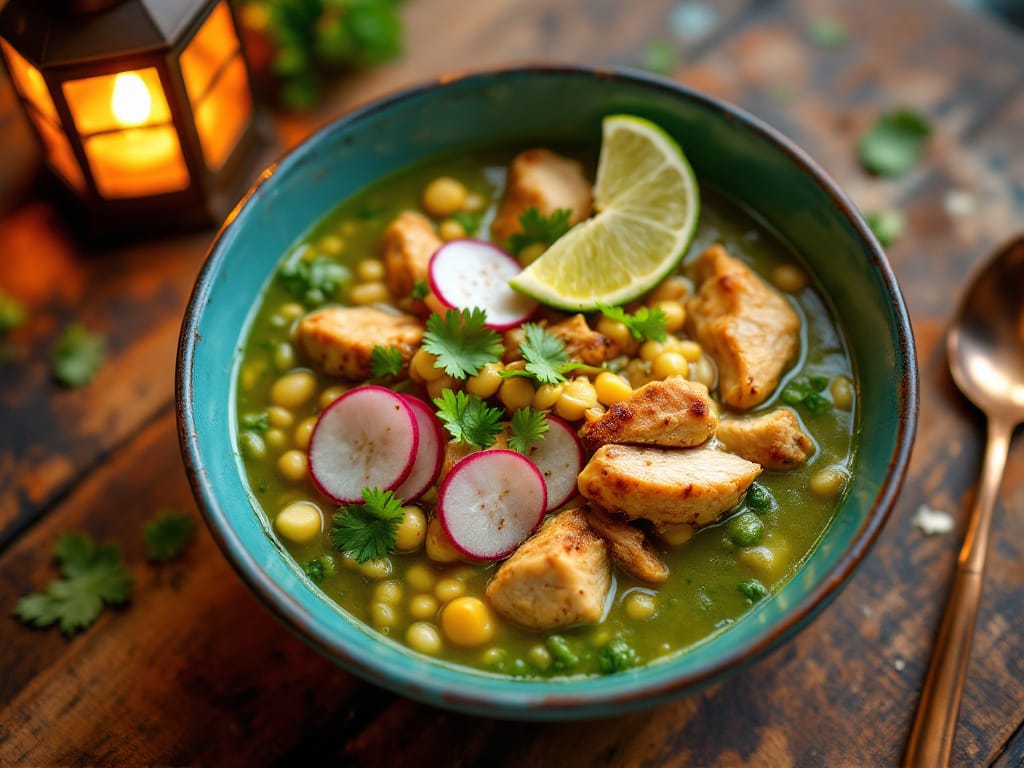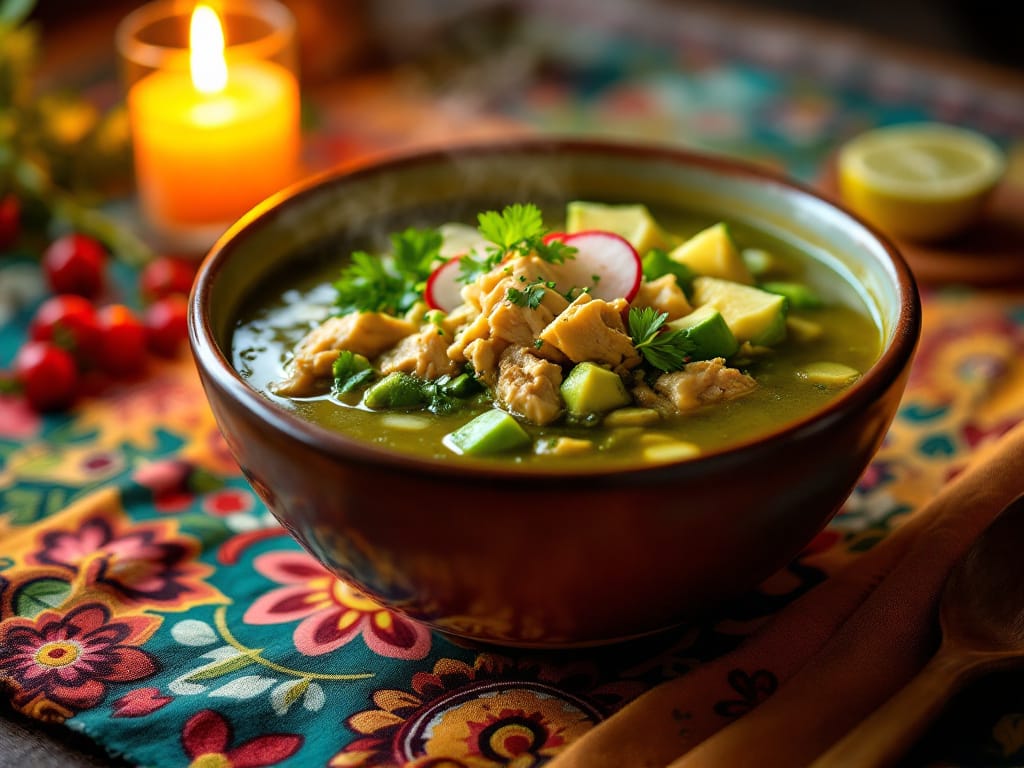Stuffing a turkey is one of the most cherished traditions for Thanksgiving or any festive gathering. Not only does it enhance the flavor of the bird, but it also adds a personal touch to your meal, turning it into a centerpiece worth remembering. Whether you’re a fan of classic bread-based stuffing or prefer exploring vegan alternatives, there’s a world of options to suit every palate.
For essential tips on ensuring your turkey is prepared safely and deliciously. The USDA provides clear guidance on maintaining food safety standards during stuffing preparation.
Why Stuffing Matters
The choice of stuffing is pivotal in achieving a moist, flavorful turkey. A well-prepared stuffing absorbs the turkey’s juices, creating a harmonious blend of textures and tastes. Historically, stuffing has been a part of festive meals for centuries. Over time, it has evolved into a diverse range of recipes, from savory meat-based options to sweet and fruity combinations.
If you’re looking for a traditional twist, consider browsing this Classic Traditional Stuffing Recipe, which perfectly balances flavor and texture.
Types of Ingredients for Turkey Stuffing
When it comes to stuffing, the ingredients you choose play a critical role. Below are some popular options to inspire your recipe:
Classic Stuffing Ingredients
Traditional stuffing often includes simple yet flavorful components:
- Bread cubes: White, sourdough, or cornbread serve as a soft, absorbent base.
- Aromatic vegetables: Ingredients like onions, celery, and carrots provide subtle sweetness and texture.
- Flavorful herbs and spices: Sage, thyme, and rosemary create a warm, holiday aroma.
- Rich additions: Chicken stock and butter ensure a moist and savory stuffing.
Savory Options for a Hearty Flavor
For a more robust stuffing, you can incorporate hearty ingredients like:
- Sausage or ground meat: Adds protein and an indulgent flavor.
- Mushrooms and chestnuts: These bring an earthy, nutty profile to the dish.
- Melted butter: Keeps the stuffing moist and rich during cooking.
Sweet and Fruity Additions
If you enjoy contrasting flavors, consider adding sweet elements:
- Dried fruits: Cranberries, raisins, or apricots offer a tangy-sweet twist.
- Fresh fruits: Apples and pears add natural sweetness and a refreshing texture.
- Crunchy nuts: Pecans or walnuts provide both flavor and a delightful crunch.
Gluten-Free and Vegan Alternatives
Catering to dietary restrictions doesn’t mean sacrificing flavor. Thankfully, there are plenty of creative options for gluten-free or vegan-friendly stuffing:
- Use wild rice or quinoa: These grains make a hearty, nutty base instead of bread.
- Add plant-based proteins: Crumbled tofu or tempeh works wonderfully as a substitute for meat.
- Opt for vegan butter and vegetable broth: These ensure a rich flavor while keeping the dish vegan-friendly.
For additional ideas and recipes.
Preparation Techniques
How to Properly Prepare Stuffing
Achieving the perfect stuffing requires balancing ingredients and following best practices:
- Balance wet and dry ingredients: Aim for a cohesive mixture that is neither too soggy nor too dry.
- Loosely fill the turkey cavity: Overpacking can lead to uneven cooking and alter the texture.
Stuffing vs. Dressing: Key Differences
Although the terms are often used interchangeably, stuffing and dressing are distinct:
- Stuffing: Cooked inside the turkey, absorbing juices for added flavor.
- Dressing: Baked separately, which allows for greater control over texture and moisture.
Many prefer dressing as it is both safer and easier to prepare.
Safety Tips for Stuffing
Safety should never be overlooked when preparing stuffing:
- Cook stuffing to an internal temperature of 165°F: Always use a meat thermometer to confirm.
- Avoid stuffing the turkey in advance: Prepare and stuff just before roasting to minimize bacterial risks.
Popular Recipes for Inspiration
Traditional Bread Stuffing
A simple yet timeless choice featuring:
- Bread cubes, herbs, and butter.
- A rich, aromatic flavor that pairs perfectly with turkey.
Gluten-Free Wild Rice Stuffing
For those avoiding gluten, try this hearty option:
- Wild rice as the base, with dried cranberries and nuts for added sweetness and crunch.
Sweet and Savory Stuffing
For a mix of contrasting flavors:
- Combine apples, sausage, and sage for a stuffing that’s sweet, savory, and satisfying.
FAQs About Turkey Stuffing
What is the best type of bread for stuffing?
Soft bread like sourdough or cornbread works best as it absorbs flavors well without becoming mushy.
Can you prepare stuffing in advance?
Yes, you can prepare it ahead of time. However, it’s safer to cook the stuffing separately to ensure even cooking.
Should stuffing always be cooked inside the turkey?
Not necessarily. Cooking it separately not only ensures safety but also provides better control over texture and doneness.
Conclusion
Stuffing your turkey can be as simple or elaborate as you desire. From traditional recipes to creative adaptations, there’s no shortage of ways to make your meal memorable. By carefully balancing flavors and textures, you can create a stuffing that perfectly complements your turkey and pleases your guests.
Start experimenting today and make this holiday season one to remember!

